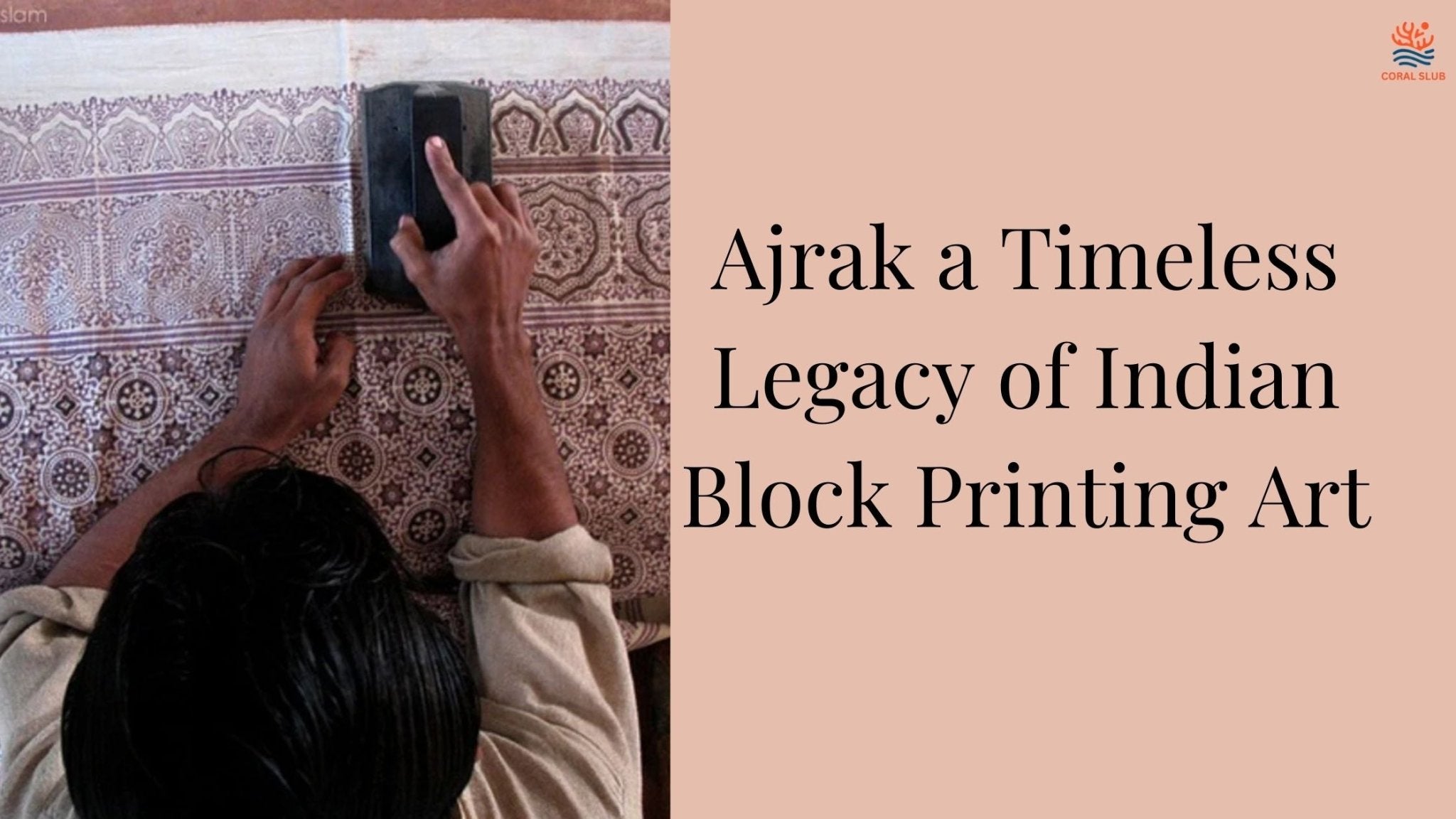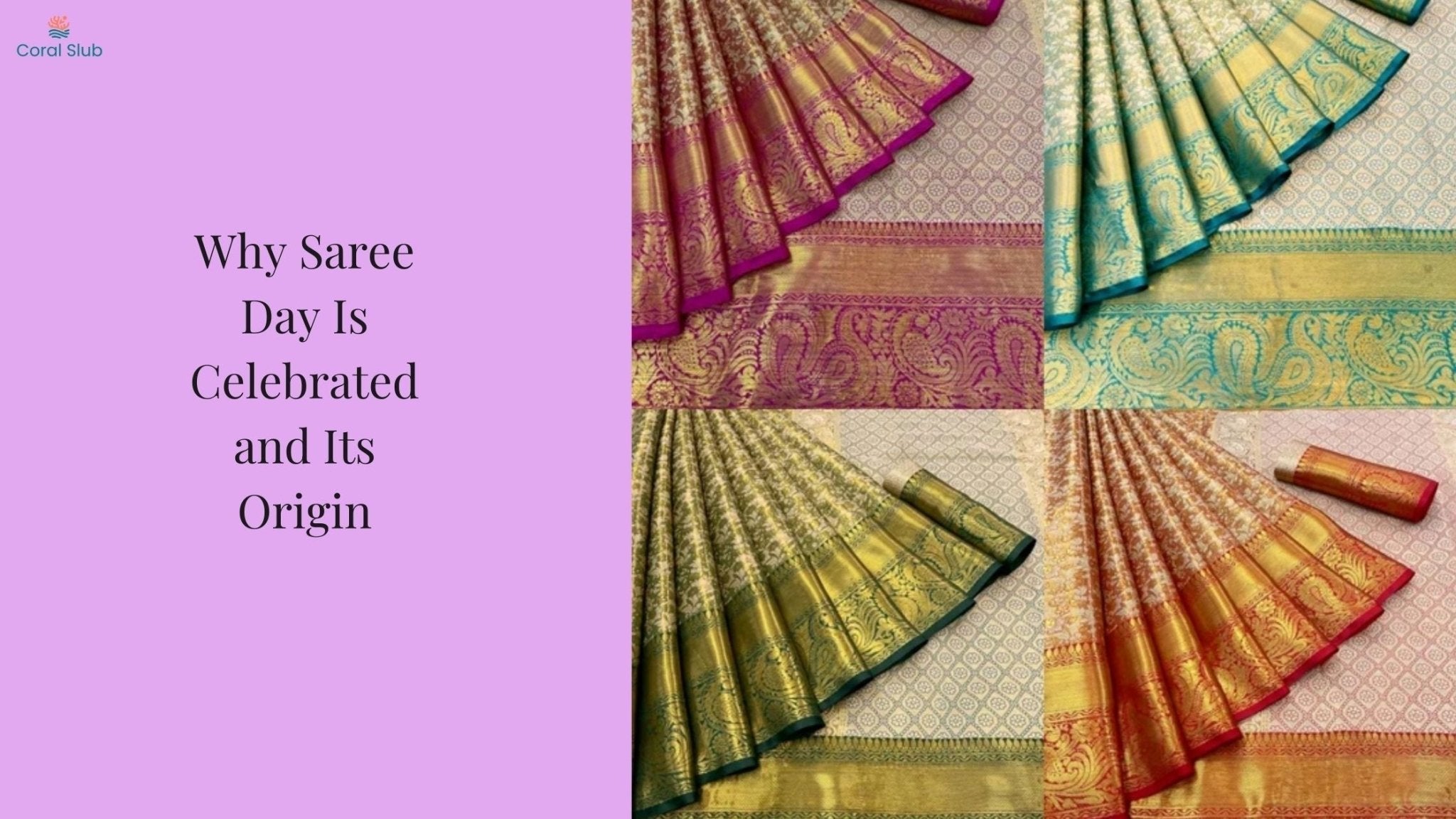What is Ajrak? Understanding the Ancient Block Printing Technique
Ajrak is a magnificent traditional block printing technique that has adorned Indian textiles for millennia. Characterised by its striking deep crimson red and indigo blue patterns, this intricate art form represents more than just a printing method – it's a testament to India's rich cultural heritage and artistic mastery.
The Historical Journey of Ajrak
Dating back to the ancient Indus Valley Civilization (2500-1500 BCE), Ajrak's journey through time is as fascinating as its patterns. Originally developed in the Indus region for cattle herders, this art form's influence spread far beyond Indian borders. Archaeological discoveries of printed fabric fragments in Cairo suggest that Ajrak trading routes extended to the Middle East during the early medieval period.
The term "Ajrak" itself has interesting origins, derived from the Arabic word "Azrak," meaning blue – a colour that plays a crucial role in its traditional designs.
The Intricate Process of Ajrak Making

What sets Ajrak apart from other block printing techniques is its painstakingly detailed process, which includes:
- 16-20 distinct steps depending on the design complexity
- Multiple layers of printing and dyeing
- Resist printing techniques
- Elaborate colour application methods
Colours and Their Symbolism in Ajrak

Traditional Ajrak printing embraces nature's palette with deep symbolic meaning:
- Red: Represents the colours of life
- Black: Symbolizes darkness
- White: Depicts clouds
- Blue: Represents twilight or the vast universe
While modern manufacturing has introduced chemical dyes, they cannot replicate the vibrant richness of traditional natural dyes derived from vegetables, herbs, and other organic sources.
Motifs and Cultural Influences

Ajrak designs are a beautiful fusion of various cultural influences:
- Natural Elements:
- Stars
- Flowers
- Leaves
- Three-leaved graphics (representing sun, water, and earth)
- Cultural Inspirations:
- Iranian/Islamic geometric patterns
- Sufi philosophical elements
- Arabic/Farsi influences in design names like "Riyal" and "Ishq Painch"
Modern Revival and Preservation
Today, Ajrak thrives in several Indian regions:
- Kutch
- Khavda
- Dhamadka
- Barmer
After the devastating 2001 Kutch earthquake, a dedicated village named Ajrakhpur was established to support and preserve this ancient craft. Various NGOs are actively working to promote and protect this traditional art form, ensuring its survival for future generations.
Contemporary Relevance

In today's fashion landscape, Ajrak has found renewed appreciation among textile enthusiasts and designers. While the craft faced challenges due to its water-intensive nature and complex production process, the textile industry's revival efforts have brought this ancient art form back into the spotlight.
Conclusion
Ajrak stands as a brilliant example of India's living textile heritage. Its intricate patterns, deep-rooted symbolism, and cultural significance make it more than just a printing technique – it's a story of artistic evolution, cultural exchange, and sustainable craftsmanship that continues to captivate the world.









